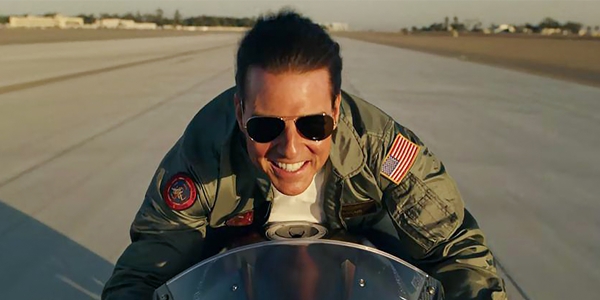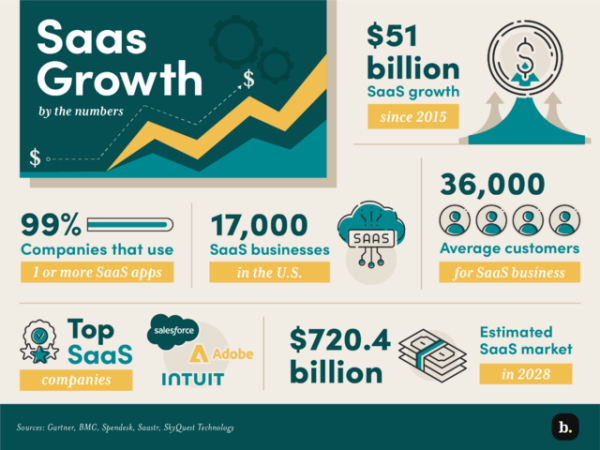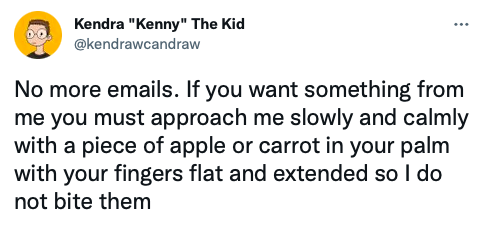Back when Tom Cruise jumped on Oprah’s couch in 2005, it was reasonable to doubt whether he could read the public mood. Now it’s clear that he might know the audience better than anyone else in Hollywood.
Top Gun: Maverick, the blockbuster sequel to the 1986 legacy film (which hits Paramount+ on Dec. 22) was far from a guaranteed hit. Plenty of other long-delayed follow-ups have fizzled critically and commercially, but Maverick earned almost $1.5 billion worldwide — making it Cruise’s most successful film ever — with a Rotten Tomatoes score of 96%. Here are three business takeaways from this patriotic box-office juggernaut.
Tom Cruise Ensured the Product Was Excellent
Years ago, Cruise refused to star in a Top Gun sequel. He even said to “make Top Gun II and III and IV and V … would have been irresponsible.” He later clarified that he wanted to wait until “technology evolved” for a more visceral experience; cookie-cutter CGI wasn’t good enough.
The final masterpiece, which cost a whopping $170 million to film (producers paid the U.S. Navy $11,374 per hour for use of its jets and pilots, and even sent actors to a three-month “bootcamp” to strengthen their aerial G-force tolerance) shows the importance of putting quality first. This was a labor of love when it could’ve easily been a quick, mediocre cash grab instead.
If you don’t love your own product, how can you expect customers to feel that way?
Cruise Insisted on the Right Distribution Channel
Technology wasn’t the only cause of a Top Gun sequel’s delay.
When COVID-19 exploded a few months before Maverick’s original release date in June 2020, audiences were mostly terrified of movie theaters. As Top Gun: Maverick collected dust on Paramount’s shelf, the studio faced accruing interest costs as backend payments to investors were put on hold.
Executives felt that dropping Maverick on their new streaming platform, Paramount+, was the best way to cut their losses, but Cruise refused. And refused. And refused again.
Despite all the setbacks, Cruise knew the box-office potential at play and insisted that his film would be exclusively released in cinemas. Threatening to terminate his relationship with Paramount, Cruise flexed his leverage and won a rare 90-day theatrical window. Just as he wouldn’t compromise on product quality, he fought hard for a proper distribution channel — because you had to see this movie on the big screen.
Cruise Knew Timing Is Everything
After years of division and isolation, Americans (and international audiences) were hungry for a unifying and exhilarating spectacle. When you have a real winner on your hands, don’t be afraid to take some financial gambles to sustain a long-term objective.
While the character Pete “Maverick” Mitchell had the need for speed, the actor behind him realized patience is a virtue.







